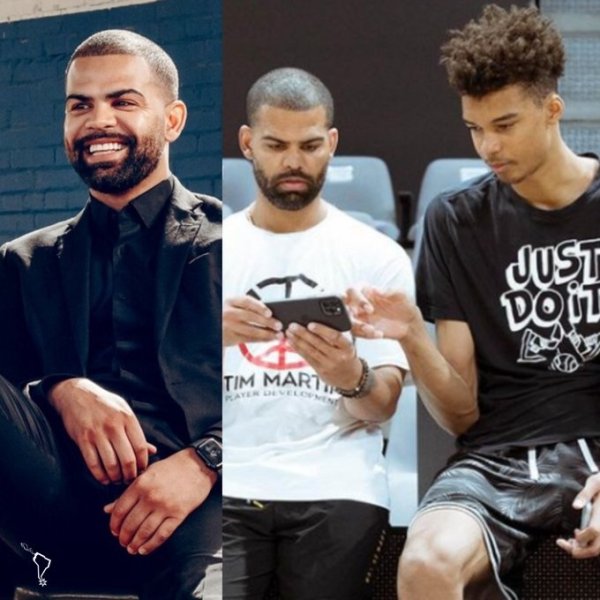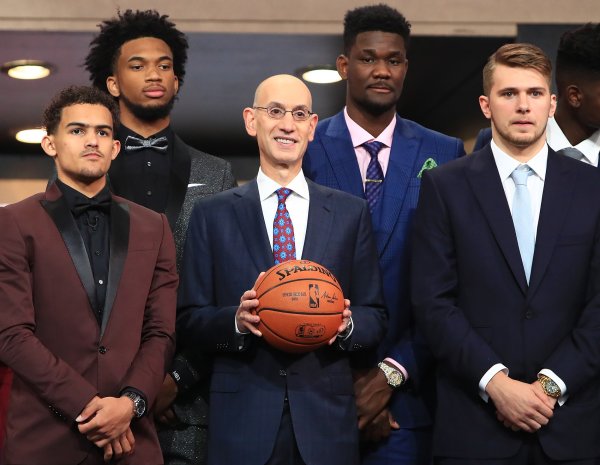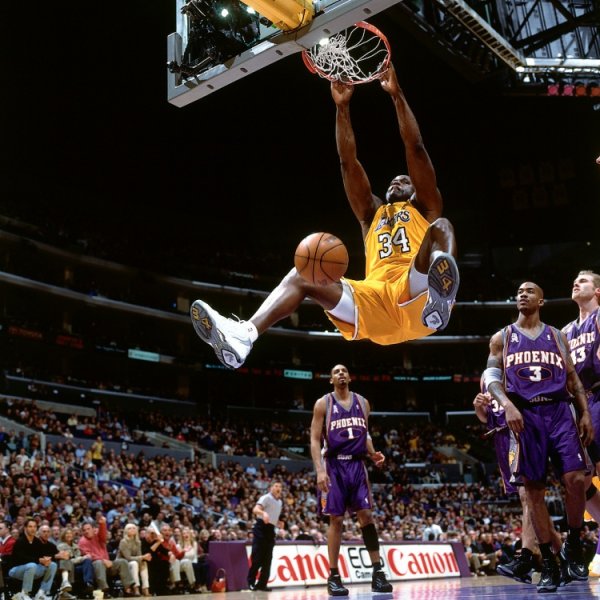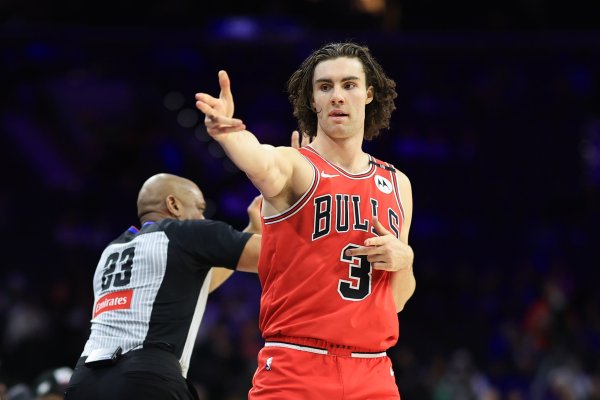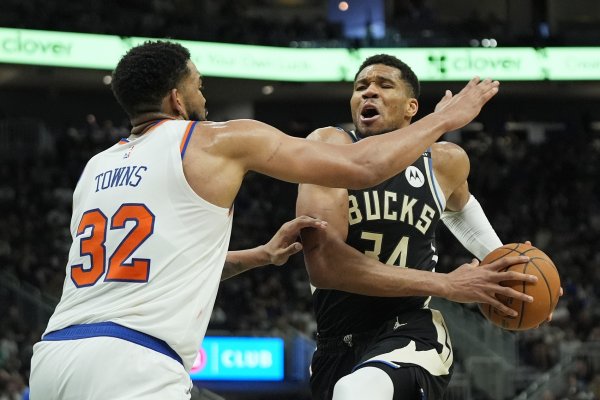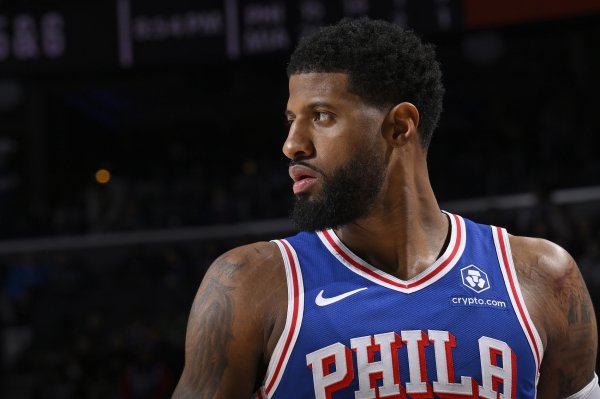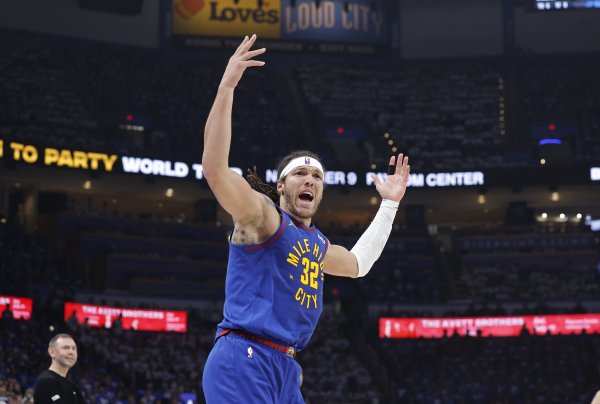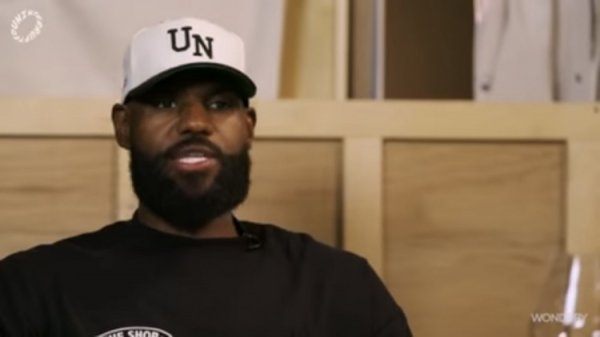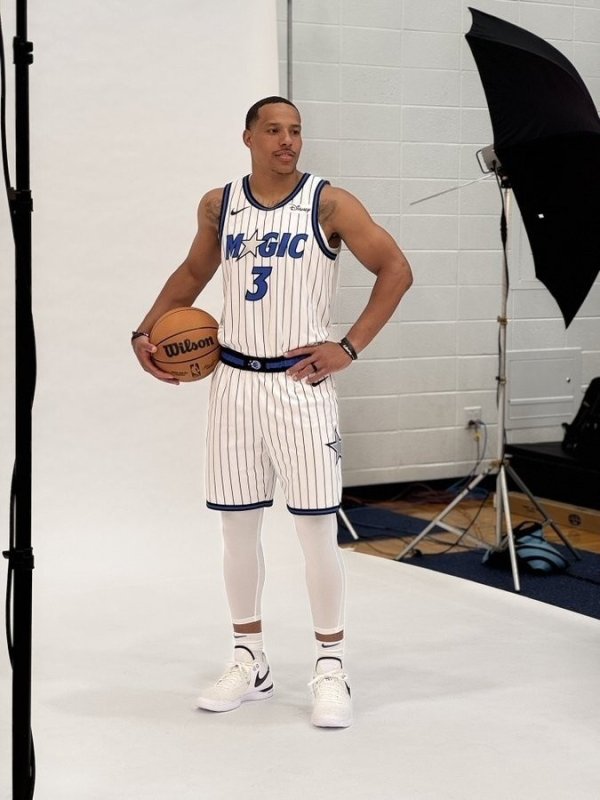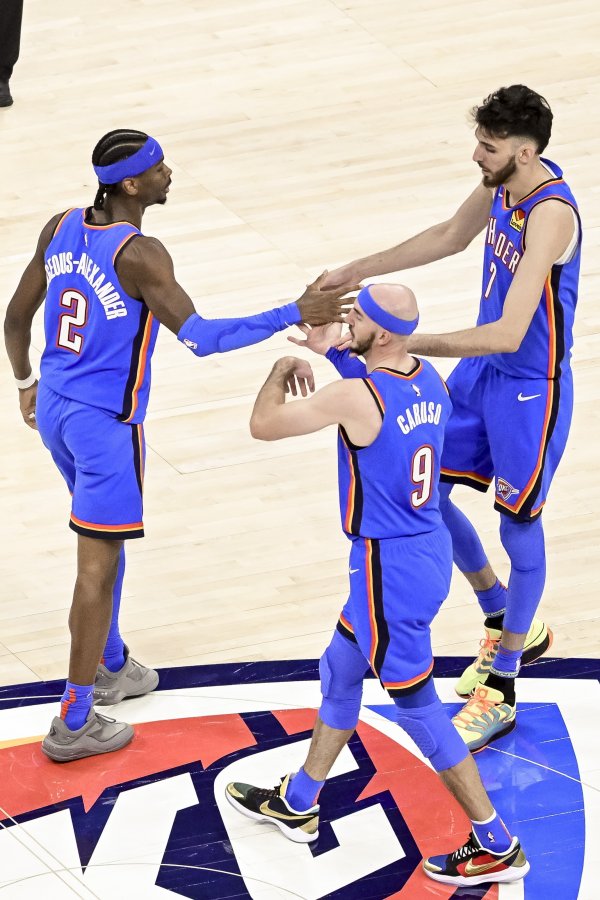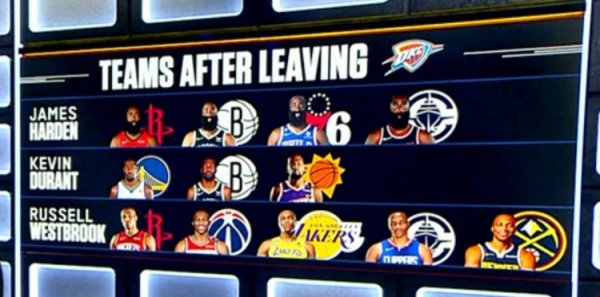TA predicts the ranking of the Western Conference: Thunder ranks first with 66 wins and 16 losses, Denver Nuggets rank second, third and fourth, Lakers six, Rockets eight
7. San Antonio Spurs (46-36)

The Spurs have a lot of potential in the new season. With Bunyama returning and expected to make the All-NBA first team, and with the addition of Fox (although he is currently dealing with a hamstring injury) and Dylan Harper, the second overall pick in the draft, the team's prospects are exciting. However, much of that potential will still need to be realized through further signings over the next two seasons. How much real progress can be made between now and the trade deadline?
The Spurs are still thin at the forward position, with the trio of Champagnie, Harrison Barnes and Keldon Johnson qualified but not outstanding, while Sohan is still struggling to find a role that can add to the Fox-Vinbanyama core. In comparison, the shooting guard position looks better, with Devin Vassell a reliable starter and Castle looking to build on his rookie season.
The Spurs' performance should improve when the second unit takes the field. Backup center Konette is a marked improvement over the previous backup, while Harper, Castle, Johnson, Sohan, big man Olynyk and late lottery pick Carter Bryant form a solid unit. The Spurs gave up two underperforming rookies (Malakai Branham and Blake Wesley) for Olynyk, which shows that they have moved beyond the "development" stage.
The Spurs still have enough assets to perform more operations, which is also a highlight of this season. The pick swap with the Hawks in 2026 may not yield much, but they hold the Hawks' 2027 pick and three future swap rights; the Spurs can also trade their picks in 2026, 2028, 2030 and 2032, as long as they retain the Hawks' pick. In addition, the Spurs have 11 additional second-round picks, plus seven second-round picks of their own. Combined with expiring contracts (Barnes, Olynyk and Sohan can offset $50 million in salary), they are in a good position to pursue the right players.
However, we cannot expect that ideal players will appear immediately, nor can we assume that the Spurs will be on the first-choice list of these players. If the Spurs finish the season with their current lineup, the distribution of ball rights between Fox, Harper and Castle may become an issue, especially when Fox's integration into the team system did not go smoothly after joining last season.
In the dugout, we'll see what Mitch Johnson does in his first full season, where he can play freely rather than trying to follow Popovich's system. Johnson was rumored to have failed to impress opposing scouts with his playbook last season, but he may have been limited. It will be interesting to see what changes he will bring this fall.
All of these concerns are alleviated by one simple fact: The Spurs have Bunyama, who can almost single-handedly guarantee the team a top-10 defense, and a healthy season is enough to ensure the team ranks in the top eight in the fiercely competitive Western Conference.
6. Los Angeles Lakers (47-35)

If the NBA were a three-person league, the Lakers would feel very confident. Doncic is a top-five player in the league when healthy, LeBron James is still dynamic even at 40 years old, and Austin Reeves is one of the best third options in the league.
However, other parts of the team contributed to last season's playoff defeat, especially in Game 4 against Minnesota when they did not use a bench player for the entire second half. Even finding five players who could be relied on was difficult, and players who normally played secondary roles such as Rui Hachimura and Finney-Smith were given important responsibilities.
This year's lineup looks improved, but the issues are still not completely resolved. The Lakers still list Rui Hachimura as the starter, and the addition of Ayton at the center position is an upgrade on paper; in order to win the next contract, Ayton may work harder than he did in Phoenix and Portland.
The Lakers also improved their originally weak bench to a more decent level by introducing Smart and Laravia. At least now the Lakers have seven players they can trust in the playoffs, providing more resilience when James is out early in the season.
However, getting through the regular season with just seven players is still difficult, especially with James needing rest and Doncic unlikely to play all 82 games (he has never exceeded 70 since his rookie season). The Lakers' "depth" remains questionable and they'll be hoping to get some reliable backup center minutes from Hayes, Vanderbilt or Kleber, while Knect hasn't been a surprise pick in the 2024 draft and Vincent is the only reliable ball-handler besides Smart.
Nevertheless, the Lakers can still trade expiring contracts (Kleiber, Hachimura and Vincent) for up to $40 million in salary space while staying below the No. 1 luxury line (due to the signings of Ayton and LaVia) and use the 2031 first-round pick as a trade bargaining chip.
However, it is questionable whether this is the Lakers' ultimate goal, or their goal is to surround Doncic with another star player that matches his career timeline after this season. The Lakers could increase their trade stakes in the draft (three first-round picks in 2026, 2031 and 2033), use maximum cap space to participate in free agency (a market more advantageous than most others), and then re-sign Reeves with an artificially set salary retention amount as low as $21 million. Uncertainty about James' future will obviously hang over the upcoming offseason; these cap space options are only feasible if he takes a significant salary cut or leaves.
As for the upcoming season: The Lakers barely managed 50 wins last year with a +1.2 net rating and shouldn't expect to be that lucky again this year.
1. Oklahoma City Thunder (66 wins, 16 losses)

Thunder, do you want to challenge for 73 wins? Maybe you can actually do it, although it may come at a cost in June like the 2015-16 Warriors did. What's more likely is that the Thunder will take their foot off the gas when the time comes, easing into the playoffs with 60-plus wins and ensuring home-court advantage in every round.
Surprisingly, Oklahoma City brings back almost the first 13 players from last season's lineup. The new additions are Topic, a 2024 lottery pick who missed last season with a knee injury, and 2025 first-round pick Thomas Sorber, who tore his ACL in the offseason and is about to experience the same situation. Leaving the team is Dillon Jones, a puzzling late first-round pick in 2024 who was sent to the Wizards to make room for Sauber.
Frankly, the only interesting question facing Oklahoma City right now is: What could go wrong this year to derail it all? And: What will allow the Thunder to repeat this feat over the next few years and dominate the Western Conference for a decade?
For the first question, "injury" is obviously the most obvious answer, especially considering the vulnerability that center Chet Holmgren has shown in the past. Yet even so, the Thunder still won 68 games and posted a historic scoring differential last year while dealing with the long-term absences of Holmgren and fellow big man Hatten; Holmgren played in just 32 games.
More broadly, the long-term absence of MVP Alexander may diminish the Thunder's dominance, but even in this case, the team seems likely to win more than half of its games without him. Last year, the Thunder still beat their opponents in the SGA-less stretch, albeit by a relatively small margin (+5.2 points per 100 possessions). Surprisingly, the Thunder had a double-digit advantage on every duo involving the MVP, including one minute in which he was paired with Alex Ducasse.
In a realistic healthy scenario, the biggest threat to Oklahoma City's dominance might be opponents "breaking" their defense after a year of watching. Teams like Denver and Indiana have seemingly grown accustomed to the Thunder's pressure tactics in their playoff series, and one has to wonder if other teams can chip away at the Thunder's dominance by creating more three-point opportunities and reducing live-ball turnovers.
These turnovers are the Thunder's lifeblood, masking one of their real shortcomings: They are not great in the half-court offense, relying mainly on isolations and pick-and-rolls between guards to create jump shot opportunities. Over the past two years, this style of play hasn't always translated into performance at the highest level, even if the Thunder win the title in 2025. The Thunder won the NBA Finals with a relatively low offensive efficiency of 111.6 and a shooting percentage of only 43.8%, even though the opponent they faced was not a strong defensive team; the Thunder's only superpower on the offensive end is its absolutely top-notch turnover control.
On the other hand, looking at the birth certificates in the lineup, you will find that the Thunder are more likely to continue to lead the league than to be caught up by the league. The Thunder's three core stars (Alexander, Jaylen Williams, and Holmgren) are only 27, 24, and 23 years old respectively. Caruso and Kenrich Williams are the only two players over 27 years old.
The Thunder also have enough leverage to use during the season, such as Dieng's expiring contract, millions of dollars in room below the No. 1 luxury line, and three 2026 first-round picks available for trade, plus multiple draft picks in the next few years. (Technically, they also have a 2026 fourth-round pick, but it's Utah's and is top-eight protected and will expire after this year. Thunder fans, your chances of seeing that pick come to fruition are slimmer than seeing the Snowman.)
Overall, perhaps no defending champion team is better equipped than the Thunder to not only defend their title, but stay in contention for years to come. While weird things sometimes happen, it will take a very special series of events to stop the Thunder from dominating the season again.
Original text: John Hollinger
Compiled by: selu
Mini-game recommendations:Kings and Queens Solitaire TriPeaks

